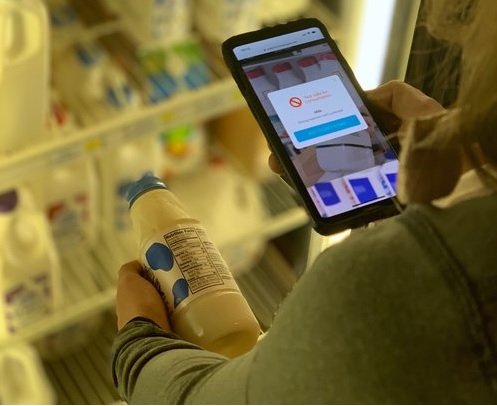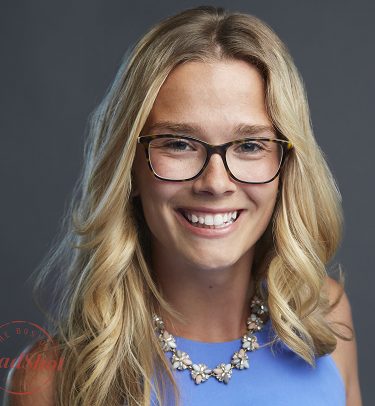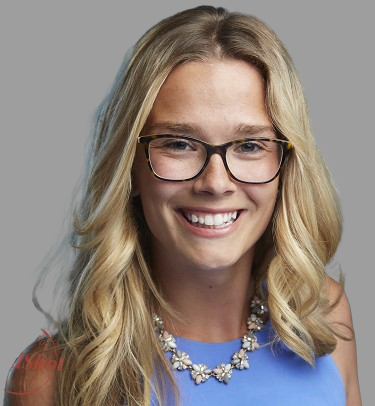Personalized health systems
There are numerous healthcare portals giving information on all types of illness. However, most patients lack personalized resources, as each patient is different. “If I could change one thing within preexisting companies I would help beneficiaries by giving health system’s care delivery a personalization aspect”, says Amanda Zaremski, CEO, WinutRx. She believes an efficient healthcare platform is one which can give patient specific information. She personally felt the need for one as her grandmother Sueanne Coon or better known as “grams” had suffered from multiple diseases. Grams was always concerned whether the ingredients in her food was safe for consumption due to her medication’s dietary restrictions. Inspite of many precautions, her health status depleted mainly due to a lack of information with constantly changing medications resulting in adverse drug events. Amanda noticed, “ When being prescribed a new medication the restrictions are relevant to that specific medication therefore it does not take the multiple prescriptions that you may be on into account.” This led Amanda to start WinutRx. WinutRx is a mobile medication management tool for individuals with cardiovascular disease that aids in the prevention of Adverse Drug Events.
Amanda believes,”A chronic illness does not have to be a death sentence “.WinutRx allows the patients to take their illness and turn it into a lifestyle.
Ahead of times
When most tools in the market were giving generalized information, WinutRx followed a patient centric model. This tool provides nutritional guidance by correlating user’s chronic illness and precision diet restrictions required to maintain daily wellness and offering a side of preventative medicine as well. It specified the factors that would worsen health conditions. All the information was made available on a single platform, therefore the users saved time and effort in researching through numerous links or inputting their data in a number of portals. Also, in layman terminology, WinutRx gives necessary facts that can turn visits to a provider into a proactive conversation.
WinutRx being all innovative and useful application, Amanda was recognized for her efforts and asked to present the tool in World Health Care Congress. It is no surprise that Amanda created such a unique tool. She has always been interested in trying new things and never been shy of taking risks. She believes “I think the greatest way to see and feel something new is to put yourself in the vulnerable position in order to do so”. Her experience has taught her greater the risk, higher the reward.

Success Tips
According to her the greatest quality to have as a strategic leader is the ability and willingness to learn. Having an open mind is important trait for innovating especially in competitive segments like healthcare. She believes every entrepreneur should to converse with others and most importantly learn from them. This will enable to seize the existing opportunities and create new ones as well. Amanda’s advices the budding entrepreneurs use fear of failure as a motivation to become a leader. She says,” Each time you feel you may have failed, what you have done instead is learned something new.”

Company: WinutRx
Website: www.winutrx.com
Management: Amanda Zaremski, CEO
Founded Year: 2017
Headquarters: Rochester NY
Description: A mobile medication management tool for individuals with cardiovascular disease that aids in the prevention of Adverse Drug Events.




